japanese acupuncture
Japanese Acupuncture is a minimally invasive technique with smaller needles and a more tactile approach. Distinct from Traditional Chinese Medicine though rooted in the same points and theory, Japanese Acupuncture involves Hara diagnosis through the abdomen to feel for blockages in the organs or meridians. This process provides immediate feedback through the body by palpating the abdomen, neck, limbs, and back to assess the body’s inner workings, which reflect through the connective tissue. The best acupuncture in Westshore comes with a sympathetic and understanding treatment approach—which is how I take care of you.
chinese herbal medicine
Chinese herbal medicine, often called Traditional Chinese Medicine (TCM) herbs, is a system of diagnosing and prescribing herbal medicine in tailor-made formulas unique to each individual. Rather than a “this for this” and “that for that” approach, we look at the holistic function of the body. What’s the underlying pattern which explains why all your symptoms are arising? This is the “root”. Your symptoms, the “branch”. Sometimes the symptoms are so loud we go directly for relief of those, but primarily, we look at why they are coming up in the first place. Refer to my Guide to Chinese Herbs blog for more info.
moxibustion heat therapy
Moxibustion is a nourishing treat for the entire body which is an infrared heat therapy that removes cold and warms the meridians (fascial lines) to encourage blood flow and increase vitality. For treatment, moxa (an herb known as mugwort in English) is burned on or very close to the skin over the acupoints, stimulating white blood cell production and blood flow. Moxibustion has been used for over 2500 years to prevent and cure disease and redistribute qi (energy) through the body.
CHINEse fire cupping
This often-requested technique feels like a pressure-valve release. It acts to increase blood flow like a deep tissue massage but creates suction on the tissue instead of pressure. Cupping is often done on the back or large body areas. It works by using a flame to suction the glass to the skin and gliding the cup along tight muscles with massage oil. Similar to gua sha, it feels very relaxing for most people. It can leave petechiae, (tiny purple dots on the skin) for a few days. Opt for another treatment technique if it's swimsuit/wedding season and you don't want to look like you got a massage from an octopus!
Gua Sha & Tui Na Massage
Gua sha is the Mandarin translation for "scraping redness", a technique of releasing fascial tissue and creating minute tears in the vascular tissue to stimulate local inflammation, blood flow, and healing in an area of tightness. Most people find this provides great relief of their tension and soreness and speeds recovery from injury. "Tui Na" translates as "pushing-pulling" and is a vigorous style of Chinese massage. These is used supplementally in acupuncture sessions.





